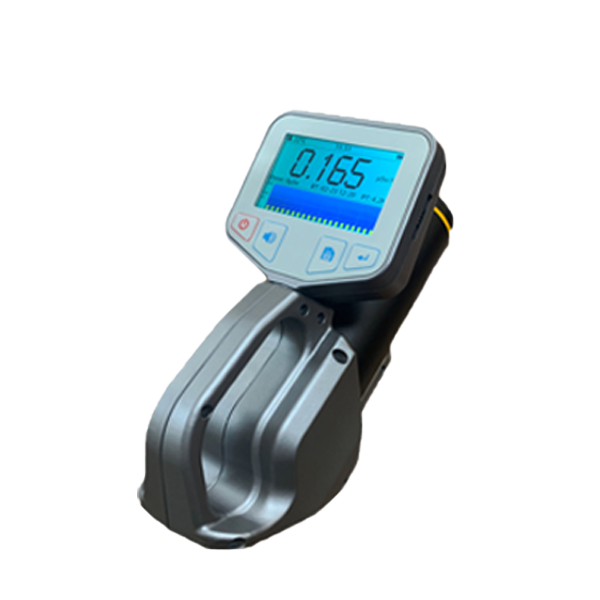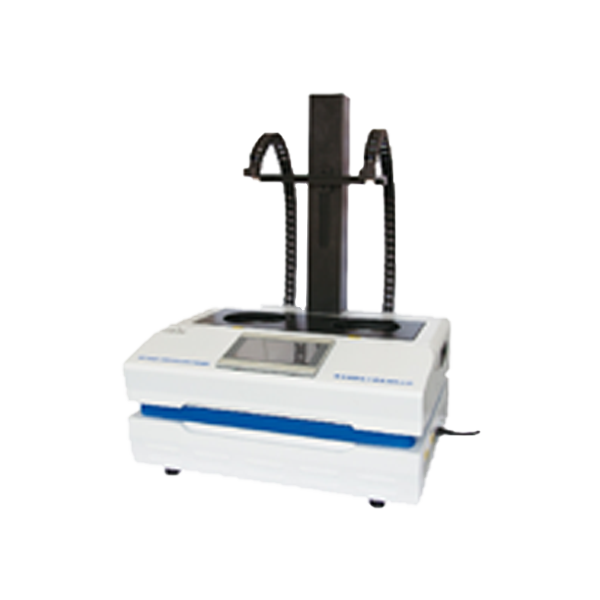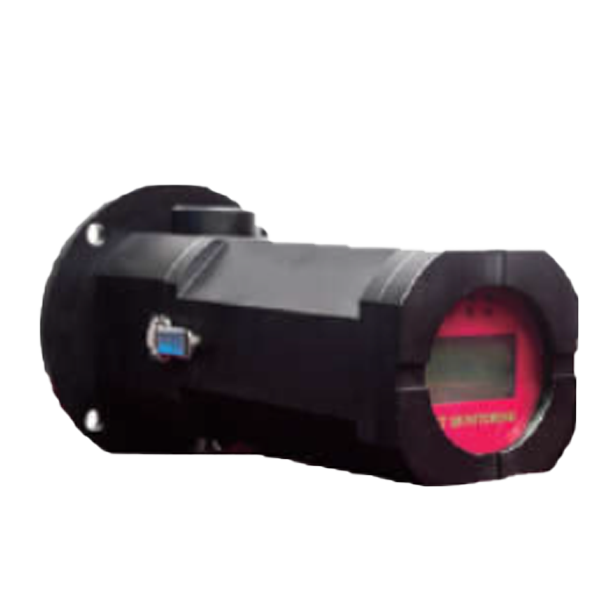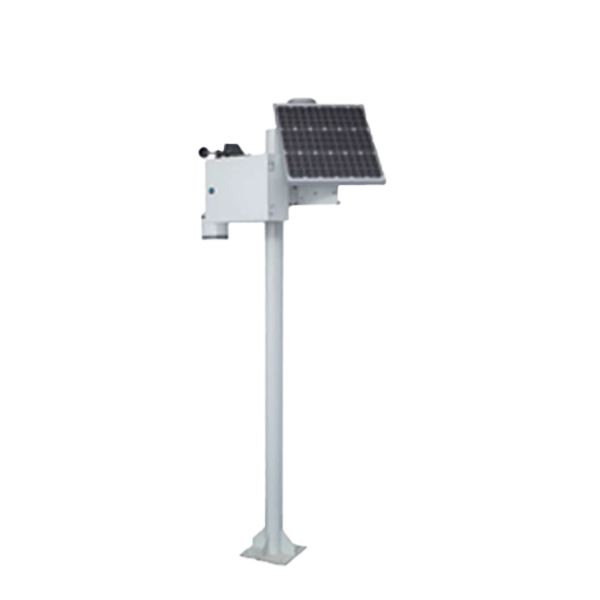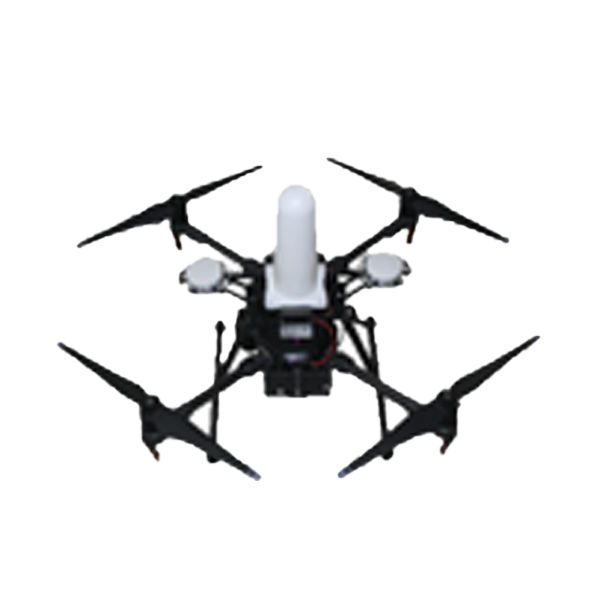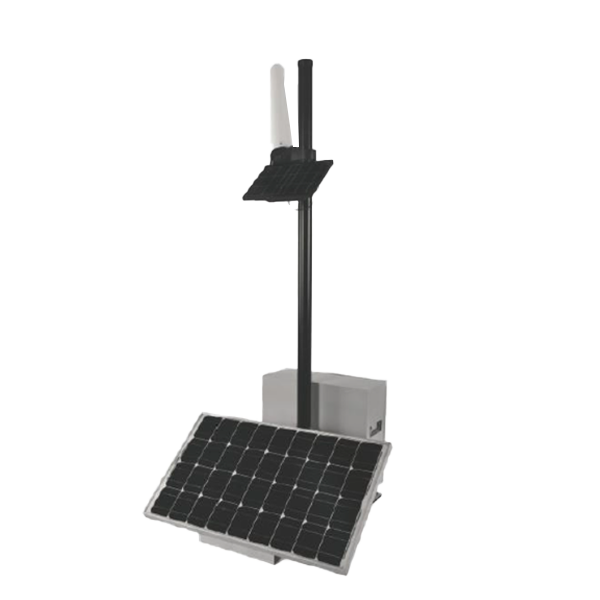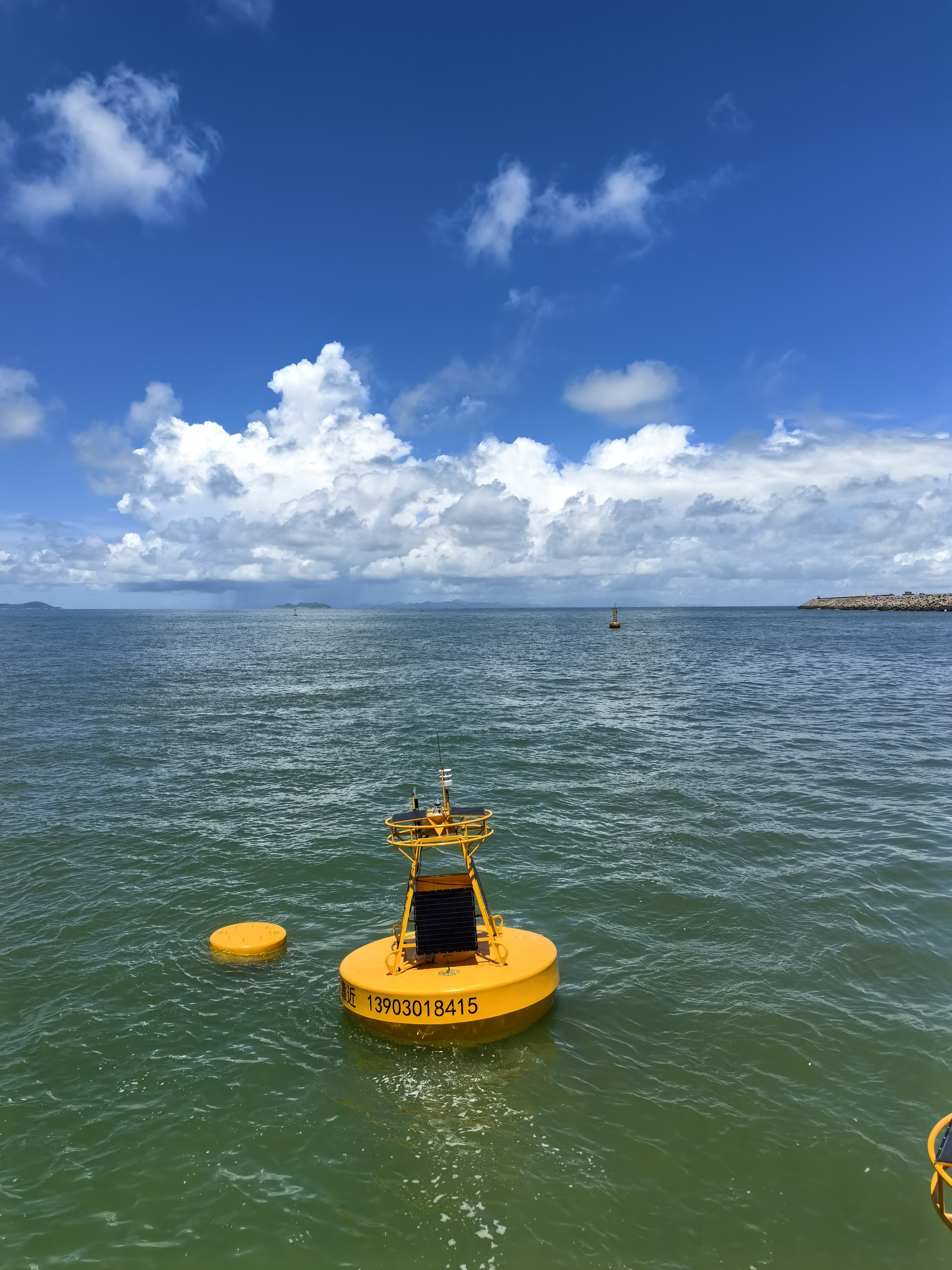How much does the radiation dose alarm device detection data exceed the standard?
2024-11-19
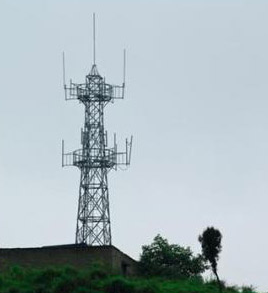
How much does the radiation dose alarm instrument's detection data exceed the standard?
Radiation is ubiquitous in daily life and industrial production, but excessive radiation poses a serious threat to human health and environmental safety. To ensure the safety of personnel and the environment, radiation dose alarm instruments have become important tools for monitoring radiation levels. However, many people are not familiar with the detection data of radiation dose alarm instruments, especially not knowing how much data is considered excessive. This article will explore this issue in detail to help readers better understand and use radiation dose alarm instruments.
1. Basic Principles of Radiation Dose Alarm Instruments
A radiation dose alarm instrument is a portable device used to measure and display radiation doses. It typically measures radiation doses by detecting the effects produced when ionizing radiation (such as X-rays, γ-rays, etc.) interacts with matter. Different types of radiation dose alarm instruments may use different working principles, such as ionization chambers, scintillation detectors, semiconductor detectors, etc. Regardless of the type, their core purpose is to accurately measure the radiation dose in the environment and issue an alarm when the dose reaches a dangerous level.
2. Units and Standards of Radiation Dose
The units of radiation dose are sievert (Sv) and millisievert (mSv), where 2 sieverts equal 2000 millisieverts. To assess the impact of radiation on the human body, the International Commission on Radiological Protection (ICRP) and regulatory agencies in various countries have established a series of radiation dose limits. These limits are divided into occupational exposure and public exposure categories, aimed at ensuring that radiation doses remain within safe ranges.
For occupational exposure, such as nuclear power plant workers and radiologists, the annual dose limit is typically set at 50 millisieverts (which can be relaxed to 200 millisieverts in certain special cases). For public exposure, the annual dose limit is stricter, usually set at 2 millisieverts or lower. Additionally, there are stricter dose constraints for single exposures or high-dose exposures over a short period.
3. Interpretation of Detection Data from Radiation Dose Alarm Instruments
Radiation dose alarm instruments typically display the current radiation dose rate in the environment (measured in microsieverts per hour, μSv/h) and the accumulated dose (measured in millisieverts, mSv). When the radiation dose rate or accumulated dose reaches a preset alarm threshold, the instrument will emit an audible and visual alarm to alert the operator to take appropriate measures.
The setting of alarm thresholds should be determined based on specific application scenarios and radiation safety standards. For example, in high-risk areas such as nuclear power plants, the alarm threshold may be set at a lower dose rate to ensure that any slight increase in radiation levels can be detected promptly. In ordinary industrial or medical environments, the alarm threshold may be relatively higher.
Generally speaking, if the dose rate or accumulated dose displayed by the radiation dose alarm instrument approaches or exceeds the annual dose limits for occupational or public exposure, it can be considered that the data has exceeded the standard. However, it is important to note that these limits are based on the cumulative effects of long-term exposure; a single short-term exposure, even if it exceeds the limit, may not immediately cause serious harm, but it still requires close monitoring and appropriate measures.
4. Response Measures After Exceeding Standards
When the radiation dose alarm instrument issues an alarm, relevant operations should be immediately halted, personnel should be evacuated to a safe area, and emergency plans should be activated. At the same time, more precise radiation measurement instruments should be used for further measurements on-site to determine the radiation source and contamination range. Based on the measurement results, appropriate decontamination, shielding, or isolation measures should be taken to reduce the harm of radiation to personnel and the environment.
In addition, relevant departments and leaders should be promptly informed to take further measures, such as activating the radiation accident emergency response mechanism and organizing experts for assessment and disposal. During the handling process, strict adherence to radiation safety operating procedures and protective measures should be ensured to guarantee personnel safety.
5. Conclusion
Radiation dose alarm instruments are important tools for ensuring the safety of personnel and the environment. Understanding the units and standards of radiation dose, correctly interpreting the detection data from the alarm instruments, and taking appropriate response measures are key to ensuring radiation safety. In practical applications, alarm thresholds should be set based on specific application scenarios and radiation safety standards, and timely measures should be taken when exceeding standards to minimize the harm of radiation to personnel and the environment.
Through this article, it is hoped that readers will gain a deeper understanding of the detection data from radiation dose alarm instruments and pay more attention to radiation safety issues in daily life.
Previous Page:
Next page:


